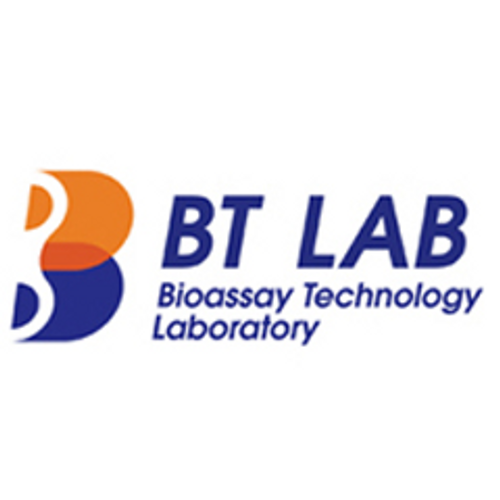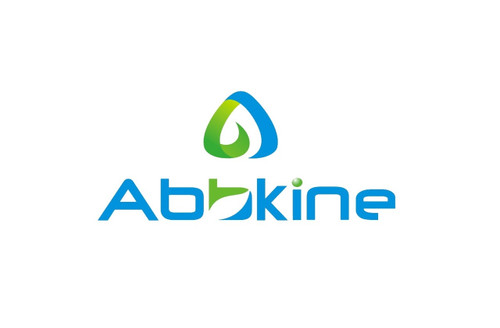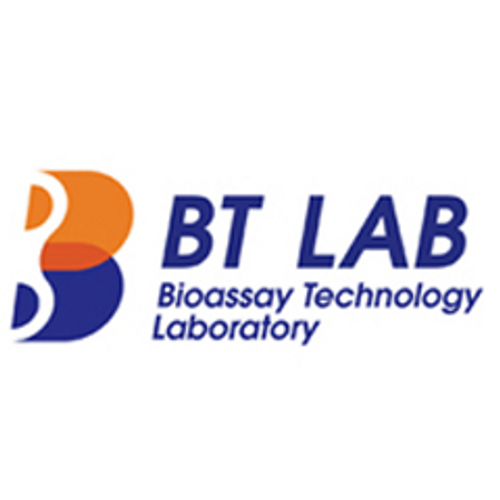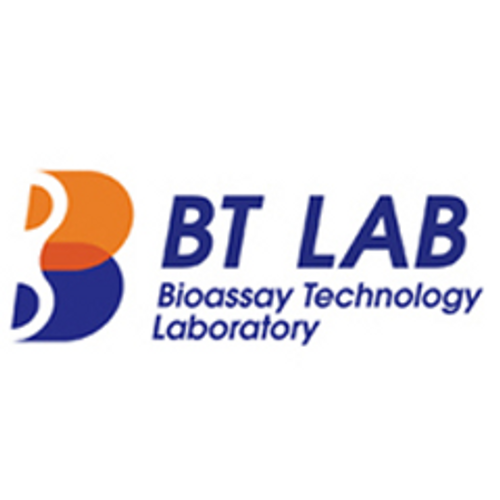Product Description
Rat Urokinase-type Plasminogen Activator Receptor (PLAUR/uPAR) ELISA Kit | AE27143RA | Abebio
Species Reactivity: Rat (Rattus norvegicus)
Abbreviation: PLAUR/uPAR
Alternative Name: CD87; UPAR; URKR; monocyte activation antigen Mo3|u-plasminogen activator receptor form 2
Application: ELISA
Range: 78-5000 pg/mL
Sensitivity: 36 pg/mL
Intra-Assay: ≤5.5%
Inter-Assay: ≤10.6%
Recovery: 0, 97
Sample Type: Serum, Plasma, Other biological fluids
Detection Method: Sandwich
Analysis Method : Quantitive
Test Principale: This assay employs a two-site sandwich ELISA to quantitate PLAUR/uPAR in samples. An antibody specific for PLAUR/uPAR has been pre-coated onto a microplate. Standards and samples are pipetted into the wells and anyPLAUR/uPAR present is bound by the immobilized antibody. After removing any unbound substances, a biotin-conjugated antibody specific for PLAUR/uPAR is added to the wells. After washing, Streptavidin conjugated Horseradish Peroxidase (HRP) is added to the wells. Following a wash to remove any unbound avidin-enzyme reagent, a substrate solution is added to the wells and color develops in proportion to the amount of PLAUR/uPAR bound in the initial step. The color development is stopped and the intensity of the color is measured.
Product Overview: uPAR consists of three different domains of the Ly-6/uPAR/alpha-neurotoxin family. All three domains are necessary for high affinity binding of the primary ligand, urokinase. It has been possible to express uPAR recombinantly in CHO-cells and S2 cells. 4 out of 5 of the possible glycosylation sites are used in vivo giving the protein a molecular weight of 50-60 kDA. Recently the structure of uPAR was solved by X-ray crystallography in complex with an peptide antagonist and with its native ligand, urokinase.However the components of the plasminogen activation system have been found to be highly expressed in many malignant tumors, indicating that tumors are able to hijack the system, and use it in metastasis. Thus inhibitors of the various components of the plasminogen activation system has been sought as possible anticancer drugs.
Stability: The stability of ELISA kit is determined by the loss rate of activity. The loss rate of this kit is less than 5% within the expiration date under appropriate storage condition. The loss rate was determined by accelerated thermal degradation test. Keep the kit at 37°C for 4 and 7 days, and compare O.D.values of the kit kept at 37°C with that of at recommended temperature. (referring from China Biological Products Standard, which was calculated by the Arrhenius equation. For ELISA kit, 4 days storage at 37°C can be considered as 6 months at 2 - 8°C, which means 7 days at 37°C equaling 12 months at 2 - 8°C) .
 Euro
Euro
 USD
USD
 British Pound
British Pound
 NULL
NULL












